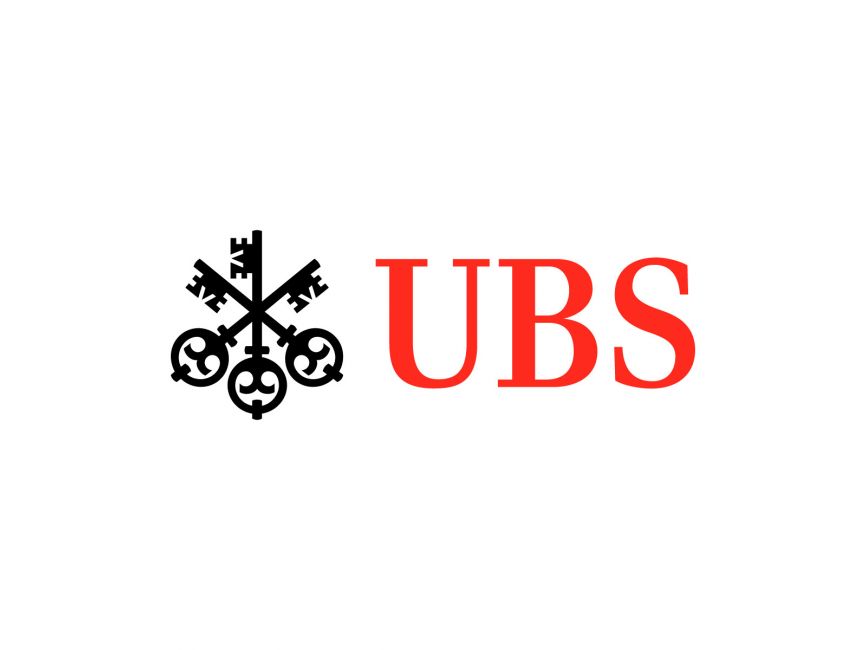While several risk and long duration assets reeled at the recent US inflation print and the ping in yields it precipitated, a stronger US dollar may provide the support needed for Japan ETFs to continue their rally.
Although it is unlikely that benchmarks such as the Nikkei 225 or TOPIX will be able to recreate their stellar form of last year – hitting 34-year highs – Charu Chanana, head of FX strategy at Saxo Bank, argued Japanese equities may continue to rumble higher amid resilient economic strength overseas.
With US inflation, jobs and retail revenue prints slashing market pricing of a March rate cut by the Federal Reserve from 62.3% on 8 January to 47.4% 10 days later, it appears the ‘higher-for-longer’ narrative has gained significant traction since the turn of the year.
Intuitively, a relatively weaker yen should mean stronger export activity as well as higher overseas profits, with a greater share of revenues denominated in foreign currency.
“Significant gains in the yen remain unlikely unless the Fed begins easing sooner than expected,” Chanana said.
However, the yen’s fate and that of Japanese equities also depend on the designs of the Bank of Japan (BoJ) and the anticipated end of its negative interest rate policy (NIRP).
In a global rates strategy note, JP Morgan said the policymaker is looking for a “virtuous cycle of wages and service price inflation” before removing NIRP, a scenario the bank viewed as “a mid-year event”.
“Most of the opinions supported the BoJ’s patient stance to wait until the probability of achieving stable inflation targets increases sufficiently before normalising the policy and there was almost no tendency to ‘rush’ policy normalisation,” the note continued.
Dan Coatsworth, investment analyst at AJ Bell, added the producer price – or factory gate – index “cooled quickly” to just 0.3% year-on-year in November, down from a peak of more than 10%, giving the BoJ “every reason to” keep its policy rate at the -0.1% level it has held since 2016.
Overseas investors looking to capitalise on a weak yen on a tactical basis – while avoiding the negative impact this might have on returns – may seek out Japan exposure through currency hedged share classes such as the UBS ETF MSCI Japan UCITS ETF (hedged to GBP) (UB01) or the Xtrackers MSCI Japan UCITS ETF USD hedged (XMUJ).
Through the past five years of the NIRP era, UB01 returned 86.3% versus 34.4% over the same period for the unhedged equivalent strategy.
Interestingly, Wei Li, global chief investment strategist at the BlackRock Investment Institute, noted her team are overweight Japan equities as well as short-dated US Treasuries on expectations that US inflation could “rollercoaster back up near 3% in 2025”. However, the firm chooses not to currency-hedge its Japan exposure.
Belinda Boa, CIO of fundamental active equity emerging markets at BlackRock, added: “One risk is potentially tighter monetary policy – and why we prefer to take equity risk without hedging for currency.”





